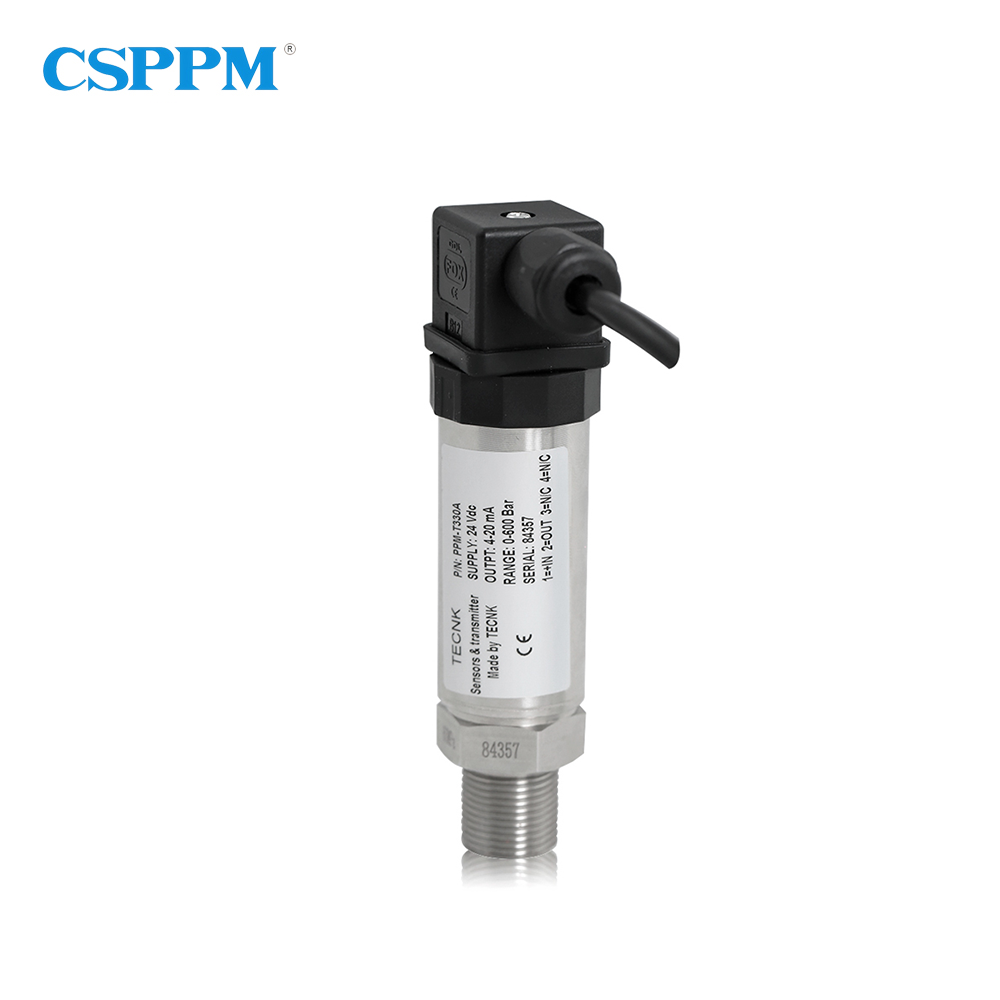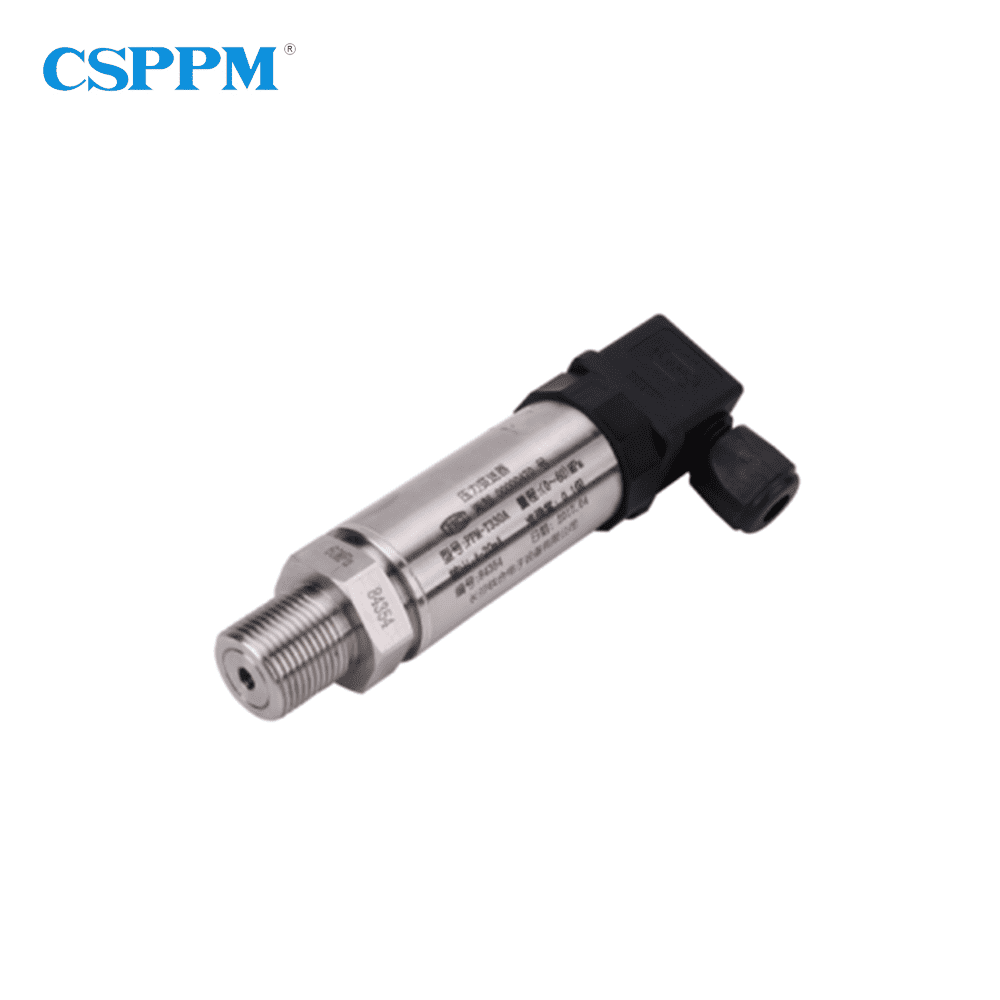Have you ever faced a situation where a critical system failed due to inaccurate readings? Such scenarios are not just inconvenient but can be detrimental to operations. When we talk about accuracy in readings, a high temperature pressure sensor emerges as a solution that’s hard to overlook. These sensors are designed specifically to operate in extreme environments, ensuring reliable performance even under pressure.

Understanding the Flaws in Traditional Solutions
Traditional sensors often struggle with high temperature and pressure ranges, leading to calibration issues and sensor degradation. The conventional materials used in these sensors can limit their lifespan, particularly when exposed to harsh conditions like those found in industrial applications. This raises a critical question: why do failures always occur during peak operational periods? With inadequate feedback systems, the risks of equipment downtime skyrocket. Additionally, older sensors may not provide real-time data, making proactive monitoring nearly impossible.
Embracing New Technology Principles
Enter the new technology of high temperature pressure sensors. These innovations rely on advanced materials like silicon carbide and sapphire, offering superior biocompatibility and durability. By employing cutting-edge thermal compensation algorithms, these sensors deliver precise measurements, even in fluctuating conditions. It’s simpler than you think! The integration of digital readouts and IoT capabilities further enhances functionality, allowing for seamless data integration into broader systems. Imagine having real-time insights that enable better decision-making!

Quantifying User Benefits
The benefits to users are quantifiable. Companies report up to 30% reductions in maintenance costs when they switch to high temperature pressure sensors. This is due to fewer sensor failures and longer operational periods. Moreover, enhanced precision means less wastage and improved efficiency in operations. All in all, these advantages not only streamline production but also foster a safer working environment. So, which high temperature pressure sensor should you choose? Always verify these 3 metrics when considering your options: ① Durability ② Accuracy ③ Compatibility with your existing systems.
The High Temp Pressure Transmitter Insight
For industries operating under extreme conditions, the high temp pressure transmitter serves as a game-changer. These devices are tailored to withstand and function optimally where standard sensors fail. The integration of smart technology allows for enhanced data collection and processing. As these sensors report back critical data, they provide stakeholders with insights to make informed decisions quickly. This advantage becomes invaluable in situations where precision is paramount—saving both time and resources.
Exploring Low Temperature Pressure Sensors
Just as important as their high temperature counterparts, the low temperature pressure sensor caters to environments that experience extreme cold. Designed for accuracy and longevity, these sensors ensure that operations remain smooth even in icy conditions. With materials and designs specifically engineered for low thermal conductivity, users can expect remarkable performance without the common setbacks associated with traditional sensors. Industries have noticed significant improvements in operational reliability, further solidifying these sensors’ essential role in modern technology.
Conclusion: Choosing the Right Manufacturer
In conclusion, a reliable high temperature pressure sensor or a low temperature pressure sensor can vastly improve your operations. When selecting a sensor, it is crucial to do thorough research and consider brands that offer the best combination of quality and performance. For exceptional supply advantages in sensor technology, look no further than CSSPM Sensor. Their commitment to producing durable and accurate measurement solutions positions them as a trusted partner for any industry.
